A wood-based gas generator for heating a house: making and making it yourself
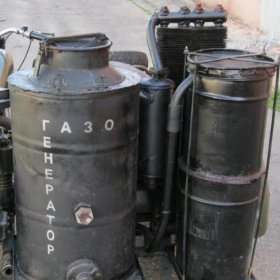
Combustible gas, so necessary for heating homes, cooking, as fuel for cars and other useful devices, is extracted not only from underground. The source of this valuable product may be firewood, peat, woodworking waste, coal, and even certain types of garbage, for example, pieces of old linoleum or removed parquet, plastic unsuitable for further use, etc. To receive gas in this way, you will need to purchase a special device or make a gas generator with your own hands. How to build it yourself - we’ll talk about it now.
Content
The device and principle of operation of a wood gas generator
Wood gas generators melt in the same way as conventional boilers. Moreover, solid fuel is used here and here - wood. Firewood, sawdust, briquette or other fuel is placed in the chamber, which is located in the lower part of the gas generator. After that, an ignition is made and the damper opens to create traction. Also, you should pay attention to the fact that the shutter opens only half, as the fire can go out. The reason for this is the excess of incoming air.
The device of the gas generator is very simple, the basis is two chambers located in one housing. In the lower compartment, fuel is burned, and in the upper - gas. Heated air is constantly circulating through pipelines.
In the lower chamber there are special openings for intake of cold air. When heated, it rises and then enters the channel.
To obtain combustible gas from wood, it is necessary to provide special conditions for its combustion. To do this, a small amount of oxygen is supplied to the furnace, which does not allow the fuel to simply burn. In this case, the temperature in the combustion chamber must be very high, more than 1100 degrees.
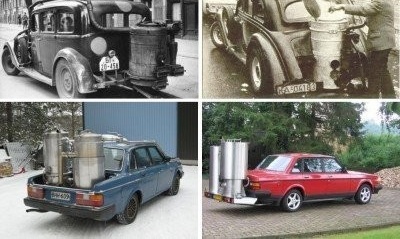
The wood-burning generator was successfully used for cars during the Second World War. Today, this idea is increasingly returned for environmental safety reasons.
The result is a mixture of flammable gases, which must be cooled. After that, the gas is passed through a series of filters to clean from acetic and formic acid, ash, suspended particles, etc. The purified gas is fed into the mixer, where a certain amount of air enters it.This gas-air mixture is suitable for further use, for example, for heating water in a heating circuit or as fuel for an internal combustion engine. Understanding the principles of the device will help you create your own wood gas generator.
Please note that there is another type of wood gas generator - a pyrolysis stove. It also produces combustible gases that enter the secondary combustion chamber, and are not selected for further use.
In general, the idea of a wood gas generator is not new, and in recent years environmentalists have advocated the use of such units for cars. The following video demonstrates the successful experience of creating an automobile gas generator that runs on wood.
For heating systems, hydrogen generators are also used. About how they are arranged and how they work, read our article:https://aquatech.tomathouse.com/en/otoplenie/generator-vodoroda-dlya-sistemy-otopleniya-sobiraem-dejstvuyushhuyu-ustanovku-svoimi-rukami.html
Video: production and launch of a gas generator
Advantages and disadvantages of the unit
Among the advantages of using gas generators, it should be noted:
- rather high efficiency, which can reach 80-95% (for comparison - 60% efficiency for solid fuel boilers is considered a very good achievement);
- a long process of burning fuel, which eliminates the need to attach it often (firewood can burn up to 25 hours, the combustion process of coal can last up to 5-8 days);
- complete combustion of fuel, therefore, the procedure for cleaning the ash pan and gas duct is very rare;
- adjustable combustion process can be automated;
- in the process, the minimum amount of harmful substances is released;
- reduced heating costs;
- can be loaded into the firebox logs up to one meter long;
- in some models of generators, you can use freshly cut wood or wood with a moisture content of 50%.
The ability to automate the operation of the device, as well as the materials used to create them, make the wood gas generator safer than a traditional solid fuel boiler.
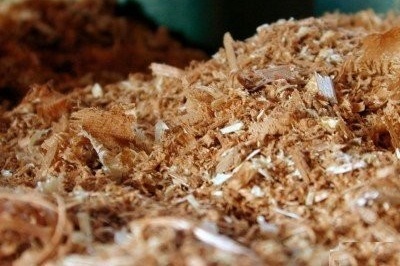
As fuel for the gas generator, you can use not only firewood, but also peat, coal, sawdust, old parquet, as well as some other waste
However, this unit also has a number of disadvantages that should be taken into account:
- Most models use an electric fan to supply air, which makes the device energy-dependent.
- With a decrease in generator power by more than 50%, combustion loses stability, resulting in tar, polluting the flue.
- To avoid condensation, the temperature of the heating treatment must be maintained at 60 degrees or more.
In addition, the cost of generators that industrial production offers is almost 2 times higher than the cost of buying a solid fuel boiler. You can significantly reduce these costs by making the unit yourself.
How to make a wood-based gas generator for heating a house with your own hands
Before you start making a gas generator with your own hands, you need to consider its design in more detail and understand the principles of work.
Layout of elements and assembly line
The unit must consist of:
- the enclosure in which the remaining elements are enclosed;
- a hopper, also called a filling chamber, into which fuel is loaded;
- a combustion chamber, in which the process of burning fuel occurs at very high temperatures;
- the necks of the combustion chamber where the resin is cracked;
- air junction box with check valve;
- calibration holes called tuyeres that connect the middle of the combustion chamber to the junction box;
- grate designed to support coals;
- loading hatches with tight covers (upper and side - for loading fuel, lower - for removing ash);
- a pipe for exhausting gas to which the pipes of the gas pipeline are welded;
- a cooler passing through which the gas cools to the required temperature;
- filters for gas purification from impurities.
The diagram below shows how the elements of the gas generator are placed.
The hot gas produced in the generator can be used to dry the fuel. For this, part of the gas pipeline must be carried out in a ring around the combustion chamber, placing it between the device’s body and the fuel loading chamber. This allows you to increase the efficiency of the device. A drawing of the apparatus is given below.
Since the work of a home-made generator on sawdust occurs at high temperatures, rather strict requirements are imposed on each structural element. The case is usually cooked from sheet metal, attaching small metal legs to the bottom. Traditionally, it is made of a cylindrical shape, but there is no rule by which it cannot have a rectangular configuration.
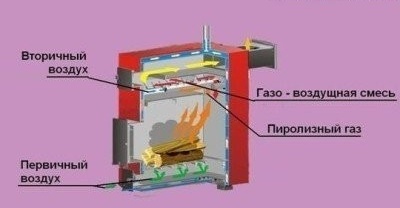
This diagram clearly reflects the features of the device for a wood gas generator. Leaving the combustion chamber, the gases are mixed with air, cooled, and then undergo final cleaning
Stages of the assembly of steel
For the manufacture of the hopper should be used mild steel. It is installed inside the housing and bolted. The hopper lid needs a seal. Asbestos is often used for this, but it is considered hazardous to health, so gaskets from another heat-resistant material should be purchased.
In the lower part of the hopper, a combustion chamber of heat-resistant steel is installed, a neck is attached to the chamber. The case is separated from the neck with a sealing asbestos cord or other insulator.
Masters who managed to make a home-made gas generator note that it is convenient to use a gas cylinder, new or used, as a combustion chamber. In the latter case, there is a danger of ignition of gas residues when cutting off the upper part of the cylinder. To avoid this, the gas cylinder should be filled with water and then proceed to work.
The air junction box is installed outside the gas generator housing. In order for the self-made gas generator to work properly on wood, a check valve should be installed at the outlet of the box to prevent gas from leaving the device through this hole. In front of the box, you can put a fan for pumping air. This design allows even freshly cut wood to be used for burning, the humidity of which exceeds 50% (the norm for solid fuel boilers is 20%)
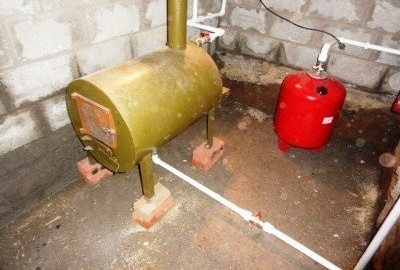
You can make a wood gas generator from various suitable materials, for example, from a metal barrel or an old gas cylinder
The grate is most often made of cast iron. To simplify the cleaning procedure, the middle part of the grate is movable, controlled by a special lever. An important element of the loading hatch is a shock-absorbing spring, which will allow to lift the hatch in case of excessive accumulation of gas in the hopper.
Homemade gas generator from a cylinder or barrel
Any barrel is suitable for the manufacture of the boiler, you can even use an empty gas cylinder or do it yourself by applying welding and a sheet of steel. The thickness of the sheet should be, as a rule, not more than ten millimeters. You will need rings that will serve as a rough gas filter and pipes that will serve as intakes of cold air. Condensate drainage must also be considered so that it does not accumulate at the bottom of the boiler. This problem is most often solved by installing a drain valve.
Gas generators made at the factory are very expensive. Therefore, not everyone can afford them. Craftsmen prefer to make boilers on their own by completing the following steps:
- Weld a cylinder from a sheet of steel and attach the legs. The housing is ready.
- Make a hopper and secure it in the upper part of the boiler with bolts. Less carbon steel can be used to make this component.
- Build a combustion chamber from a gas cylinder.
Before cutting the canister, fill it with water, as gas residues can accumulate on top.
- Then fix the gas distribution box, it can be done independently or purchased in a specialized store.
- Install the grate assembled earlier - a device that will supply and remove air.
- Install the chimney.
Small gas generators that run on wood can be installed in the house, since when loading you can not be afraid of accumulation of garbage, and fuel can be stored next to the boiler.
Large units should be installed on the street as close as possible to the storage site of fuel natural material. In such a situation, it is possible to bring firewood to the machine without great inconvenience. In addition, when placing the boiler in the yard, it will be possible to avoid pollution of the room with ash and dirt.
If the gas generator is located on the street, then for the convenience of connecting the pipe to the boiler, it should be laid on the ground.
Video: gas generator for heating
Read also our article on alternative energy sources for heating a house:https://aquatech.tomathouse.com/en/otoplenie/alt_otoplenie/alternativnye-istochniki-energii.html.
Starting up equipment and operating tips
Before starting the gas generator, the combustion chamber must be cleaned of ash. Check the opening of the chimney flap - it should be half open. After this, the wood is laid and ignited. These actions are similar to those for burning conventional home stoves.
To increase the service life of the apparatus, it is recommended to regularly clean the combustion chamber and chimneys. If this is not done, then very soon one of the elements of the gas generator will fail due to overheating. In order to monitor the temperature, sensors are installed in the upper part of the boiler and in the middle of the pipeline.
Tightness also plays an important role. Since moisture ingress can extinguish the fire, and excess air will reduce the pressure in the system.
In order for your home-made wood-burning gas generator to work correctly, it is necessary to adjust the air supply, gas exhaust and other processes. In the manufacture of the unit, it is best to use drawings based on engineering calculations that take into account indicators such as fuel combustion area, etc.
Some craftsmen got out of the situation in another way: they made a copy of the gas generator, which is already working successfully, strictly observing all the proportions. Ready-made wood gas generator can be installed both outside the apartment building and in the basement.
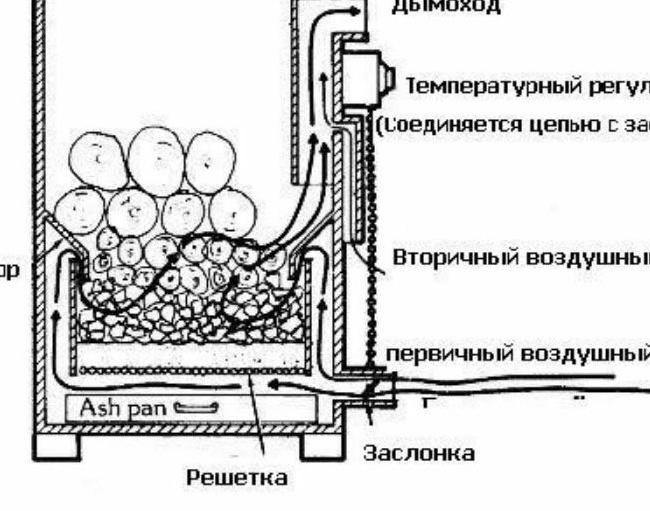
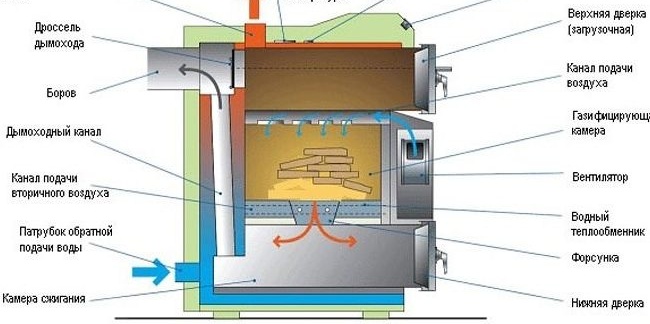
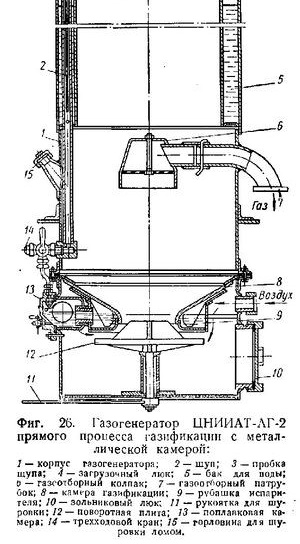
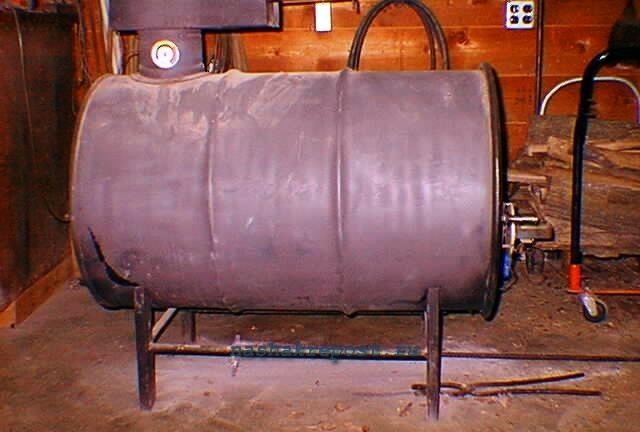
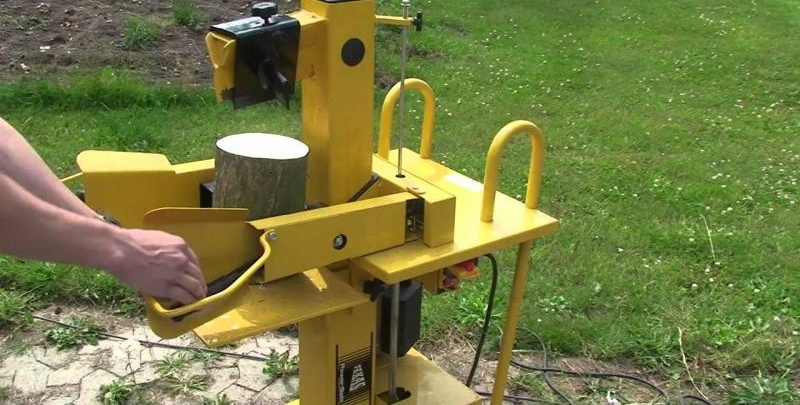
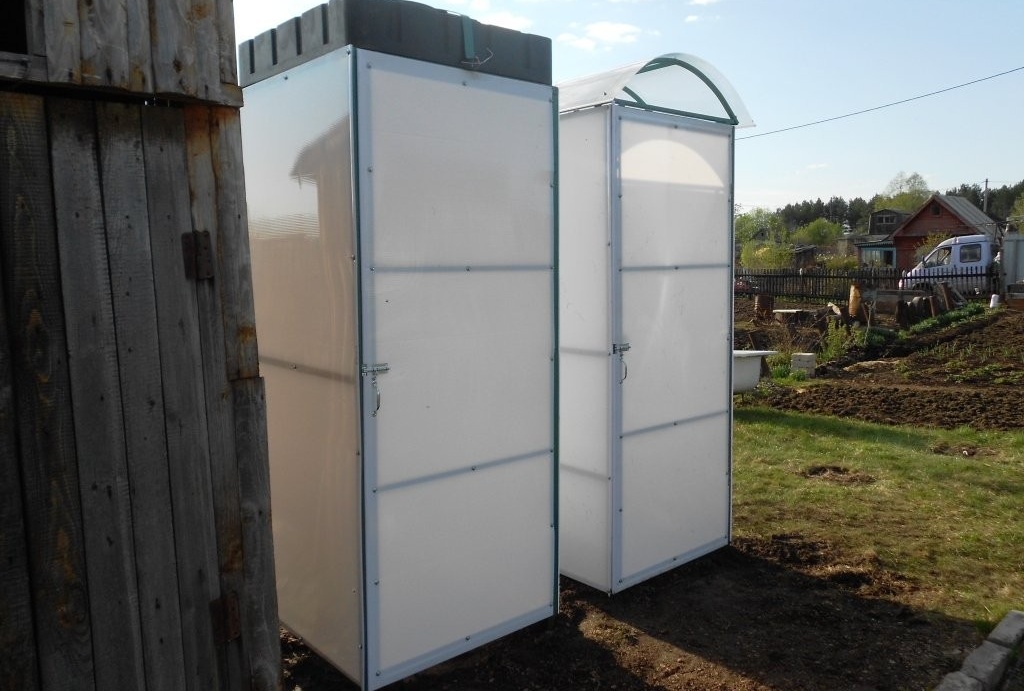
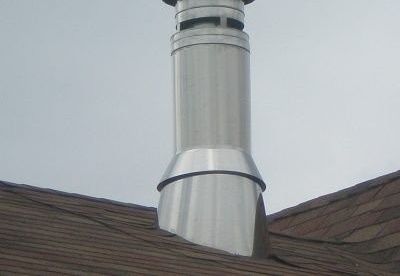
7 comments